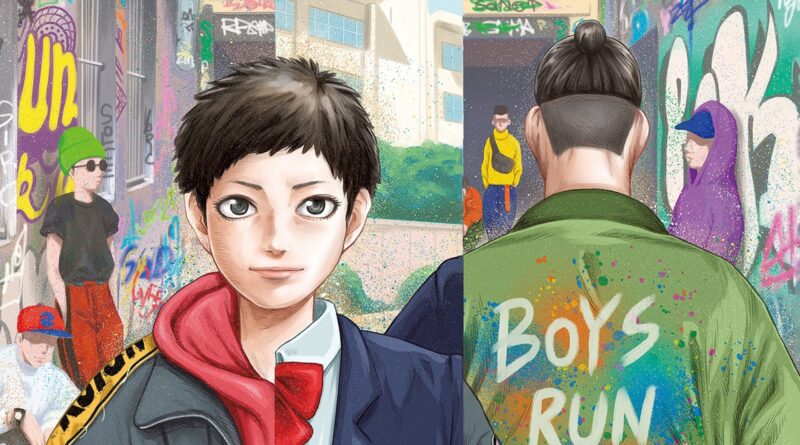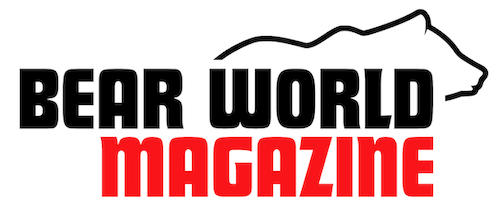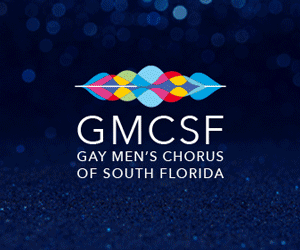
Comics Corner – ‘Boys Run the Riot’ explores the intersection of fashion and trans identity
This article was originally published on our sister site, Gayming Magazine.
Whether you’re a devotee of exclusive couture or prefer comfort clothing, fashion has an inescapable role in how we present ourselves to the world. Like it or not, what we wear defines us to a great extent, giving others visual clues to the sort of person you are, whether it’s your personal interests – band t-shirts, for instance – or your profession, with uniforms or dress codes indicating employment role.
Fashion is also historically gender coded. Women fought for decades to be able to wear ‘masculine’ trousers, while it’s still widely seen as transgressive for men to wear skirts, as just two examples. Meanwhile the entire art of drag is centred on playing with and breaking fashion ‘rules’ along gender expectations.
For trans people, the typically gendered nature of fashion can be even more important, allowing them to experiment with gender identity and exert some control over how the world perceives them, particularly before being able to transition. These are all areas brilliantly explored in Keito Gaku’s tender, sensitive, and heartfelt manga Boys Run the Riot.

The series follows trans teenager Ryo, whose only moments of freedom to live as the boy he is come from his love of fashion. At home, he has to dodge his mother’s nagging to dress more femininely, while at school he has to come up with constant excuses not to wear the girls’ uniform – all while struggling to deal with his crush on his best female friend. Sneaking away to wander the city dressed in his favourite fashion brands are the only times he feels like himself, a feeling he often expresses through stunning works of art he spray paints wherever he can, showcasing his true identity. As a result, he feels like he’s “weird”, an outsider, just trying to survive the rigidly binary world of Japanese high school – and increasinglhy questioning why he bothers. It’s a representation of gender dysphoria that some trans readers may feel uncomfortably accurate.
Ryo isn’t the only outsider at his school though – the same thing can be said about Jin Sato. His outsider status isn’t down to his gender – he’s cis – but because he’s having to repeat an academic year, he’s perceived as the class ‘bad boy’, a troublemaker with an attitude who bucks at authority. In truth, he’s a sweetheart, but no-one can see that through his free-spirited behaviour and penchant for bucking uniform rules in his own way – wearing a hoodie under his blazer and brazenly having his ears pierced, both pushing the rules.
When the pair cross paths in Ryo’s favourite clothing brand’s pop-up shop, it sparks an unlikely friendship, with the pair bonding over their shared fashion influences. Despite some initial misgivings, thinking that Jin is playing a trick on him, or that he’ll ultimately just see him as a “weird girl” like the rest of his classmates, Ryo is surprised when Jin coolly accepts his gender after he blurts it out during an argument following a misunderstanding.

Ryo is soon swept up in Jin’s ambitions of starting their own fashion label, one that takes their outsider status and makes it a point of pride. The plan is simple – Jin will run the business operations, while Ryo, thanks to his graffiti skills, will handle designs. They’ll start small – hand printed t-shirts with curated designs, sold through a free ecommerce site – then build up their following through social media. Eventually, they’ll become the kings of Japanese street fashion through their dynamic new brand ‘Boys Run the Riot’!
From here, Boys Run the Riot could proceed as standard manga fare, with the boys’ trials to build their business empire the main obstacle they have to overcome. There are plenty of series that have real-world drama at the heart of the series, such as Bakugan., which is particularly meta in following a pair of aspiring manga creators, or golf saga Robot X Laserbeam – a ‘teens do a fashion business’ series wouldn’t be at all unusual for the brilliantly varied world of manga.
Instead, Gaku masterfully channels all the elements readers love about Shonen or Seinen manga while also tenderly exploring both Ryo’s identity and steps towards transition, and Jin’s role as both friend and ally. Although early chapters focus on Ryo’s sense of isolation and alienation, once he has just a single person who accepts him, it allows his masculinity to shine through. Jin, meanwhile, subverts cultural expectations in his own way, both not caring that people consider him a troublemaker just because of his fashion choices, but also possessing a confident and caring masculinity of his own. He doesn’t question Ryo’s gender, but also openly admits that he can’t understand what his new friend is going through – but is willing to stand by him on his journey. He’s supportive without ever being patronising.

For western readers, Boys Run the Riot is also an education in the trials trans people in Japan still face. Beyond the cultural obstacles that a lack of understanding brings, an early chapter sees Ryo looking through a textbook on LGBTQ+ identities that refers to gender dysphoria as “gender identity disorder”, a term that pathologises trans existence as a form of mental illness. While in the UK and US, the term “gender dysphoria” is now used in medical settings, in Japan being trans is still professionally considered a “disorder”.
There are also linguistic barriers for Ryo to contend with, with gendered honorifics such as -kun or -chan attached to names, and even personal pronoun choices (such as ore, typically used by men) attracting confusion or scorn from others if used ‘wrongly’. These nuances don’t easily translate into English, but publisher Kodansha provides several pages of translation notes that help convey the added layer of microaggressions Ryo faces on a daily basis.

The authenticity of Boys Run the Riot comes from the fact that Keito Gaku is one of comparatively few creators in Japan to be openly trans. Gaku drew major attention as a manga creator when his one-shot Light – which was also centred on a trans male high school student – won the 77th Tetsuya Chiba prize. Boys Run the Riot followed, debuting in Weekly Young Magazine in January 2020. While other manga series have told stories about trans identities – notably Takako Shimura’s Wandering Son – Gaku’s work has a raw energy and a sense of defiance to it that makes it stand apart.
Gaku has described elements of Boys Run the Riot as autobiographical, and said that the series was “created from my own experiences”. There’s a truth that pours from every page that bears that out, making this a series that will resonate deeply with trans readers while also being informative to cis audiences – all while, crucially, being brilliantly entertaining for all.
The English language release of Boys Run the Riot is published by Kodansha Comics, with the first two collected volumes available at time of writing. The series is available both in print and digitally, with brand new covers drawn by Gaku for the international release.











